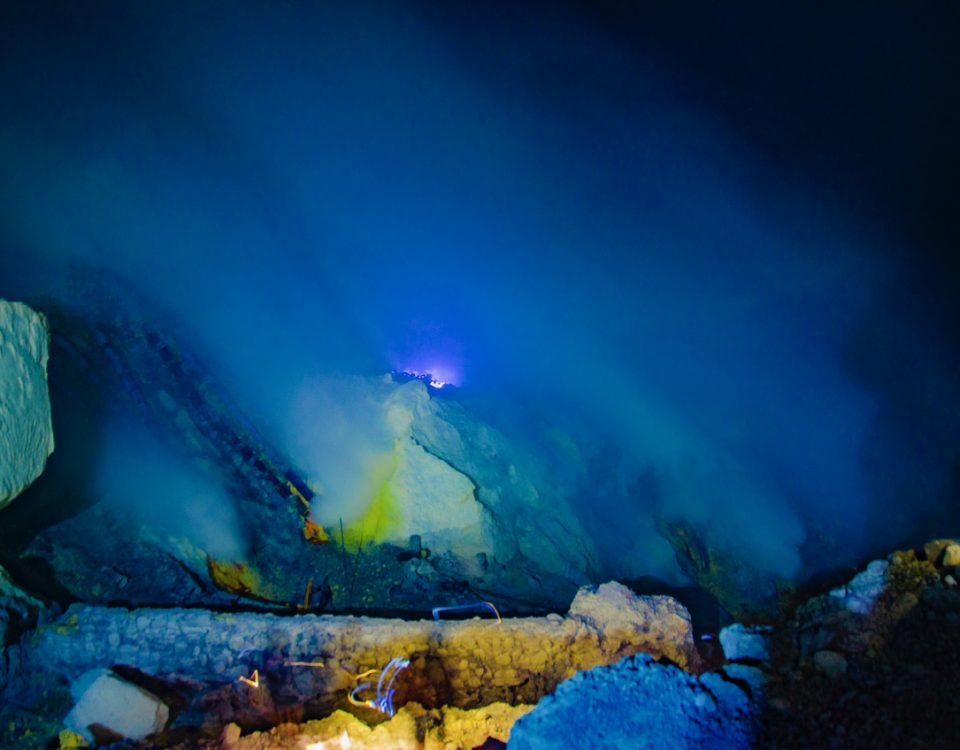THE HIDDEN CORE - MANILA, PHILIPPINES
Manila is a city of many layers, one can lose oneself in the labyrinth of traffic and shopping malls, but I was determined to find my way to the heart of it. If one were to psychoanalyse Manila as Freud did, one would find that the chaos and poverty that characterise some parts of the city distract the observer from its hidden core; in this case, the closer you look, the less you shall see. If one were to stand on the ‘superego’ (façade) of the city, the ‘id’ (core) just for a second, gives intimations of what it offers to the one that seeks it.
Just like a hidden gem, even the core can be hidden in plain sight; the unenlightened may find himself walking on cobblestones, hearing sounds of New Orleans jazz coming from a nearby café, hearing ancient church bells ring, having lunch in a pristine stone-walled courtyard and may still decide he finds himself better off in SM Asia Mall.
The place in question is Intramuros, a historic complex possessing some of Manila’s most beautiful and pristine religious structures that not only refer to its complex historical narrative but also its glorious era. Built by the Spanish in its inception, it has also seen the likes of American and Japanese troops march through its grounds.
Intramuros holds dear to her children, and it takes a lover of ghosts to seek antediluvians like San Agustin, Manila Cathedral and the others scattered across the city. As in the case of San Agustin church, the oldest, founded in Italy in the 13th century, the Augustinians were the first evangelisers to arrive on the shores of the Philippines from Mexico City (a journey that lasted a whole year). The favourite child however, is Manila Cathedral; in contrast to his brothers, he is adorned with a large patinated dome and a four armed cross. Look inside and you’ll find columns of marble, chandeliers, and statues of saints as well as four chapels on each side flanking the cathedral’s main auditorium in symmetry.
These churches have withstood the full brunt of nature’s worst, Emmanuel Luis Romanillos in ‘The Spires of San Sebastian’, “Church bells … eerily tolled by themselves. Paco Church almost completely sank to the ground. A tower of San Agustin Church in Intramuros cracked. Statues in San Francisco Church near Puerta del Parian fell to the ground and shattered to pieces.” And yet: “Strangely, the image of Virgen del Carmen in San Sebastian Church was left intact.”
And yet, I find myself erring on the realisation that Intramuros has a deeper core; and nothing is more fundamental than this: beyond the houses that the angels of God reside in, are the faithful servants that have constantly rebuilt them. They stand as a symbol of Filipino resilience in the face of adversity.
Leon Jake Lim is a graduate in philosophy, politics and economics, as well as an athlete and musician. He expresses his unique perception of the world through his writing. He believes that new steps on untrodden paths unveil the unchartered waters of one’s soul.























